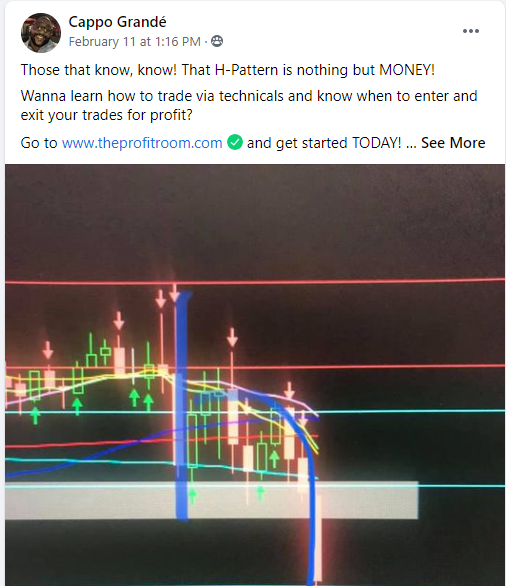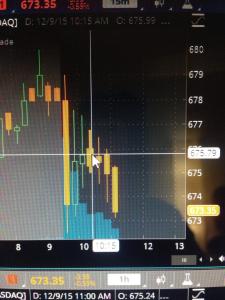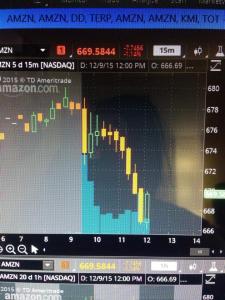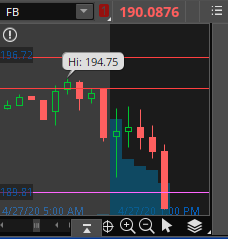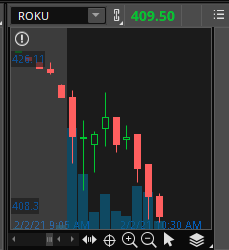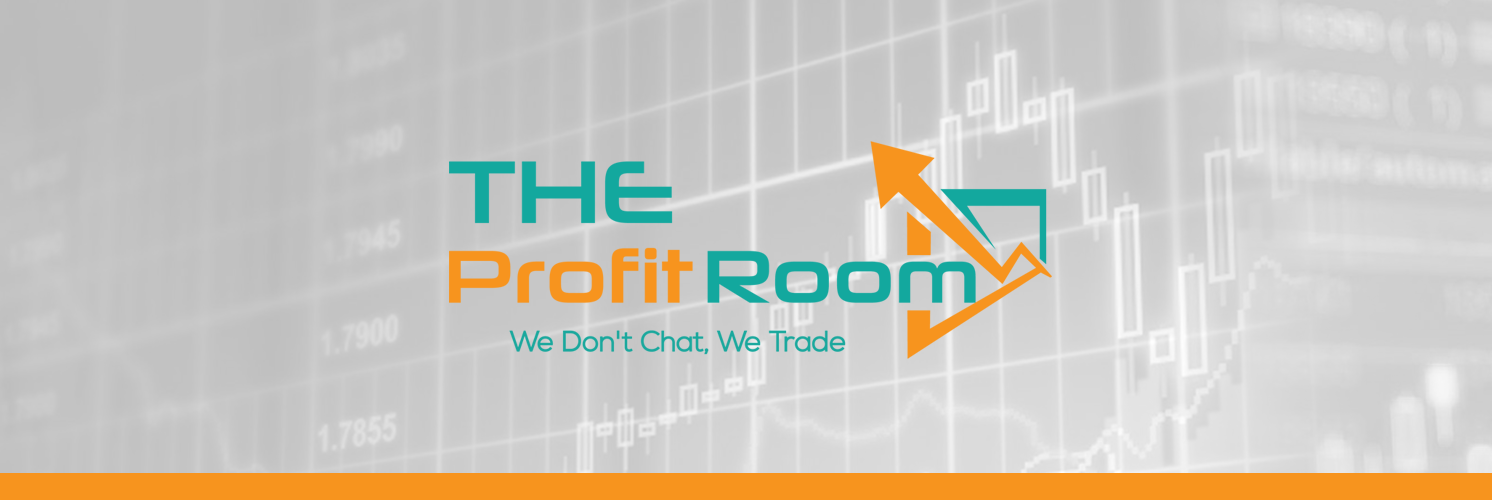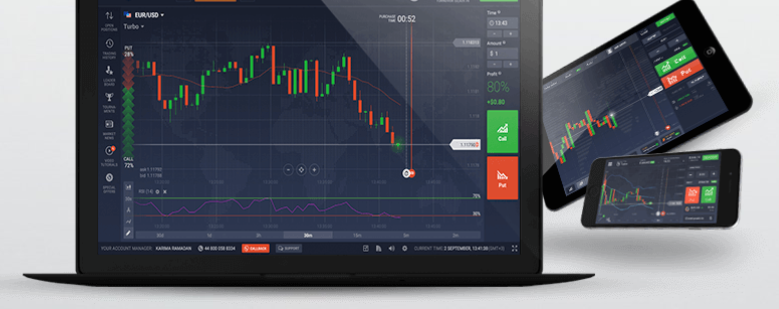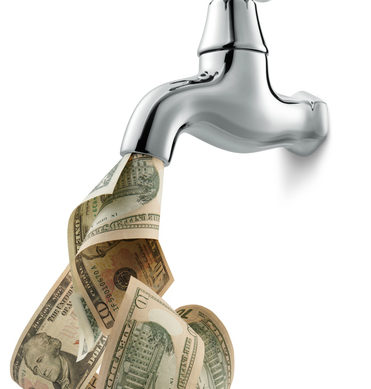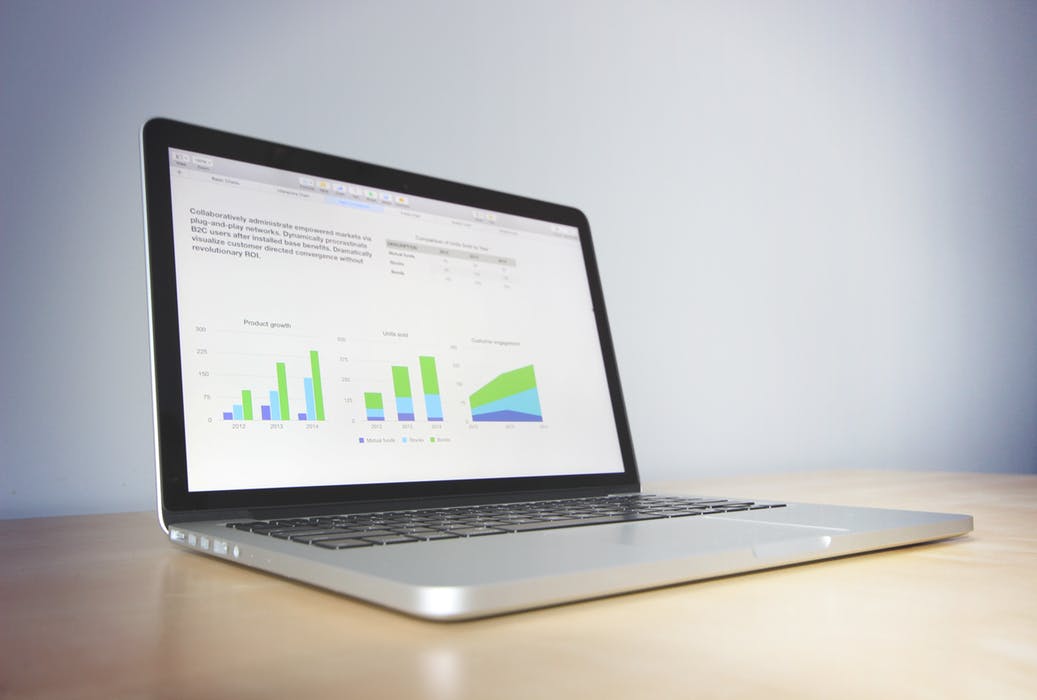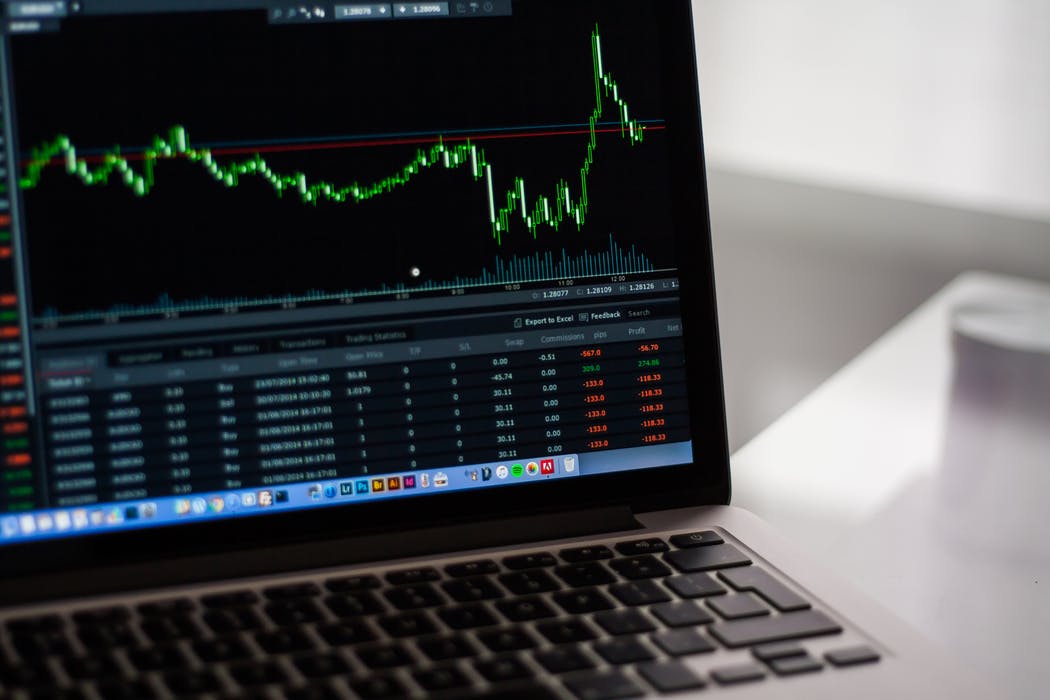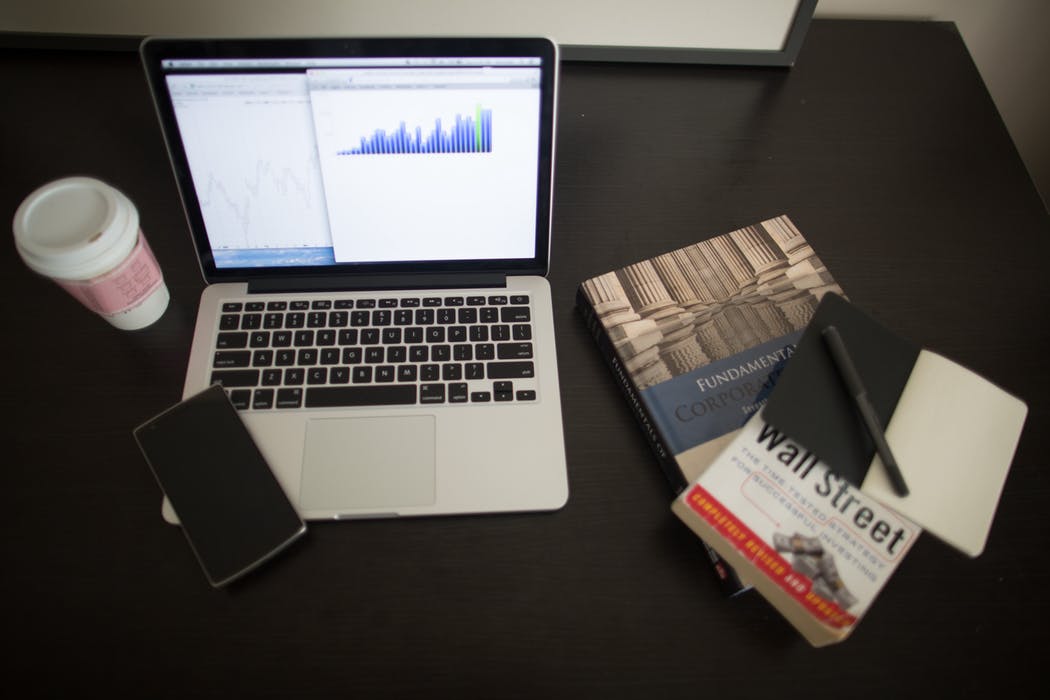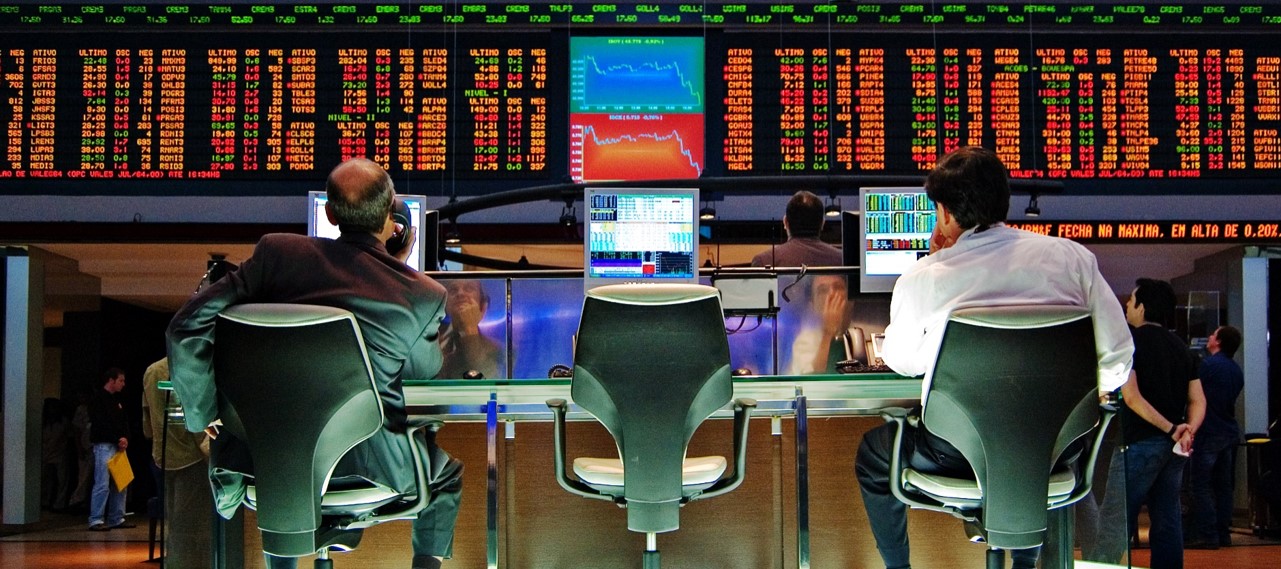Why is it that some people are successful in trading the markets? And why is it some people fail? Is it luck that determines if you are successful or not in making money from the market? Is it the system or strategy that a person use which determines their success?
A lot would say that it is the system or strategy that they employ which ultimately determines if they come out winning from the market.
Every system that exists on the internet will show you how to make money using it. Without a doubt, it will make money for you. The question is usually how much money will the system make for you. All the systems that are out there will show to you how their system has worked base on historical data or activity and then at the bottom of the page there would be a disclaimer clause that states ‘.. Historical data does not determine or guarantee future earnings….’
So why is it that these sites or page include this disclaimer clause?
The disclaimer clause is incorporated in it because they know that there are certain elements which they can not control. Human emotions.
Human emotions are always the key to either success or failure in any business. And it is no difference when trading the markets. Read all the books about trading that you want, buy all the successful system that you want. If you can’t control your emotions, you can’t succeed in the markets.
That’s the reason for the disclaimers clause because the one thing that the author can not control is their subscribers or customers emotions.
In the market there are but only two main emotions that every trader will experience; GREED and FEAR. When this emotion appears it is not how we eliminate it but rather how we act on it. There are natural emotions that can not be eliminated. This emotions forces us to action, thus how we act on it will determine the outcome.
Like anger, when we are angry at someone, it’s either we say something nasty or we can just kick a bucket or we can just dive into a pool of water. Which ever action that we take, it produces a different outcome or result.
All too often when we begin to see two to three consecutive loses on our trading activities, we would begin to have doubt. When this happens we are already at the state of fear, we fear losing more of our money and thus begin to doubt that the system is working.
While no system is absolute, meaning no system will guarantee that you will make money ALL the time. The system seller would say that we would be able to make money consistently, provided we follow their system to the dot.
On the other hand, when we begin to see two or three consecutive we begin to feel on top of the world. We begin to feel that we can start making good money from the market and then start tweaking the system or maybe putting more money in the market to leverage our earnings or maybe begin to take on more positions, which ultimately make us deviate from the system which we were using. This is when greed has already stepped in to rule our thoughts.
There is saying ‘The system is only as good as the person using it’. So if we don’t follow the system either with we are making loses or when we are creating profits. We would ultimately fail. And to follow the system requires discipline. The discipline to act on our fear and greed when it sets in, will determine how well we do in the market.
Once again discipline is the key. We must have the discipline to say ‘I have reached my target. I should take profits now even though it may go higher’ when greed sets in. And when fear sets in one should say ‘I have to take a position even though the market does not seem to be moving in my favor’
While these are but two circumstances when greed and fears arises, there are, and will be many instances when we need to make a decision to either enter or exit the market. And these are very two most important decisions to take in order to succeed in the markets. The discipline to follow the system diligently no matter what happens to the market
So no matter how good the system is, the only and sure way is to lasting success in the market depend on the discipline to overcome our personal emotional to follow a particular system religiously.
The Profit Room
